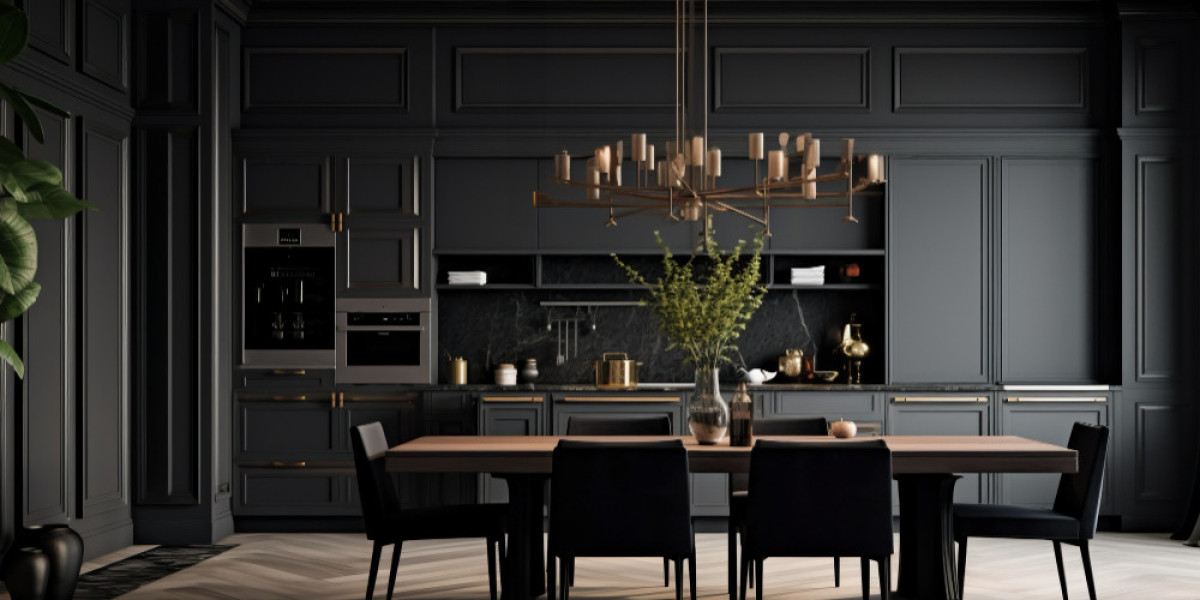Designing landscapes online has never been easier or more accessible. With the right approach and tools, you can create beautiful, detailed outdoor spaces from the comfort of your computer. This guide provides a comprehensive step-by-step process to help you master the art of online landscape design.
Introduction
In the digital age, landscape design has evolved backyard designers and physical models to sophisticated online tools that offer unparalleled precision and creativity. Whether you're a seasoned professional or a hobbyist, this guide will walk you through the essential steps to create stunning online landscape designs.
Conceptualize Your Design
Understand Your Space
Before diving into design tools, it’s important to understand the space you’re working with:
Site Analysis: Evaluate the site’s dimensions, terrain, soil type, and existing vegetation.
Client Needs: Consider the client's requirements and preferences, such as garden style, desired features, and maintenance levels.
Purpose: Determine the primary purpose of the space, whether it’s for relaxation, entertainment, or functional use.
Sketch Initial Ideas
Start with rough sketches to capture your initial ideas. Focus on:
Layout: Outline basic zones and features.
Flow: Consider how people will move through the space.
Focal Points: Identify areas that will draw attention.
Choose the Right Tools
Popular Online Design Platforms
Select a design tool that fits your needs and expertise level:
SketchUp: Great for detailed 3D modeling.
Garden Planner: User-friendly with drag-and-drop features.
VizTerra: Professional-grade with realistic 3D rendering.
Key Features to Look For
Ensure your chosen tool has the following features:
3D Rendering: For realistic visualization.
Plant Libraries: Access to a wide range of plants and materials.
Customization Options: Ability to adjust design elements to your specifications.
Collaboration Tools: Share designs easily with clients or team members.
Develop the Layout
Create a Base Map
Using your chosen tool, create a base map of the site:
Input Dimensions: Accurately enter the site’s dimensions.
Existing Features: Mark any existing structures, trees, or plants that will remain.
Design Hardscapes
Add non-plant elements first:
Paths and Patios: Plan out walkways, patios, and driveways.
Structures: Include any buildings, pergolas, or other structures.
Water Features: Incorporate ponds, fountains, or streams.
Select and Place Plants
Use Plant Libraries
Leverage the plant libraries in your design tool to choose appropriate plants:
Suitability: Select plants suited to the site’s climate and soil conditions.
Aesthetics: Choose plants that complement each other in color, texture, and form.
Function: Consider the plants’ roles, such as providing shade, privacy, or seasonal interest.
Arrange Plants Thoughtfully
Place plants in your design with attention to:
Layering: Use a mix of trees, shrubs, and ground covers for depth.
Spacing: Ensure plants have enough space to grow to their mature size.
Grouping: Group plants with similar needs together.
Add Details and Textures
Enhance with Textures
Differentiate various surfaces:
Grass and Ground Covers: Use different textures to represent lawns and ground covers.
Paving Materials: Show different materials for paths and patios, such as brick, stone, or gravel.
Water Features: Add realistic water textures for ponds and fountains.
Incorporate Decorative Elements
Add finishing touches:
Furniture: Include outdoor seating, tables, and other furniture.
Lighting: Plan for garden lighting to highlight features and improve usability at night.
Decorative Items: Add sculptures, garden art, or other decorative elements.
Review and Refine
Get Feedback
Share your design with clients or peers for feedback:
Visual Appeal: Ensure the design is visually pleasing and meets the client's aesthetic preferences.
Functionality: Check that the layout is practical and functional.
Balance: Adjust elements to maintain balance and harmony in the design.
Make Adjustments
Based on feedback, refine your design:
Tweaks: Make small adjustments to improve the overall look and feel.
Corrections: Fix any issues or oversights.
Final Touches: Add any final details or enhancements.
Conclusion
Creating stunning online landscape designs is a rewarding process that combines creativity, technical skill, and attention to detail. By following this step-by-step guide, you can transform your ideas into beautiful, functional outdoor spaces. Embrace the power of digital tools and let your imagination guide you in creating landscapes that inspire and delight. Start designing today and watch your visions come to life in the digital realm.








